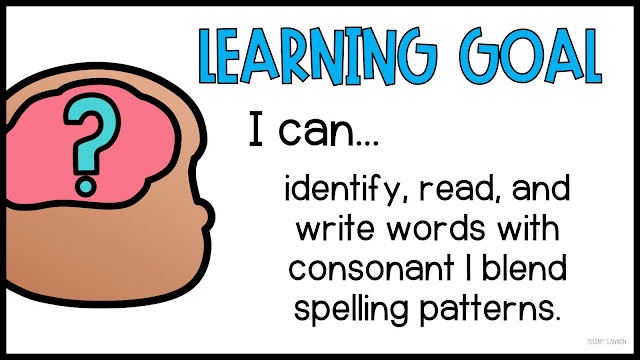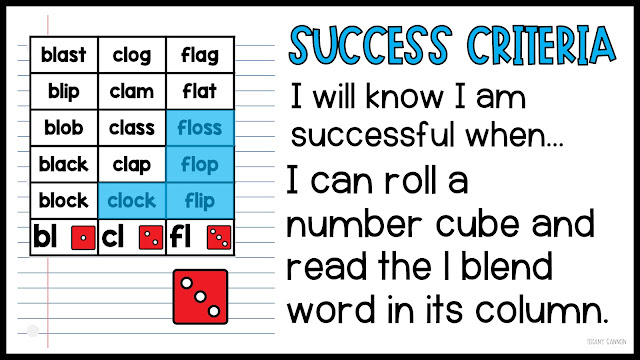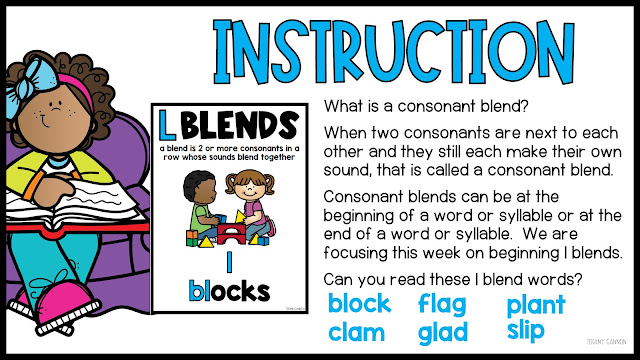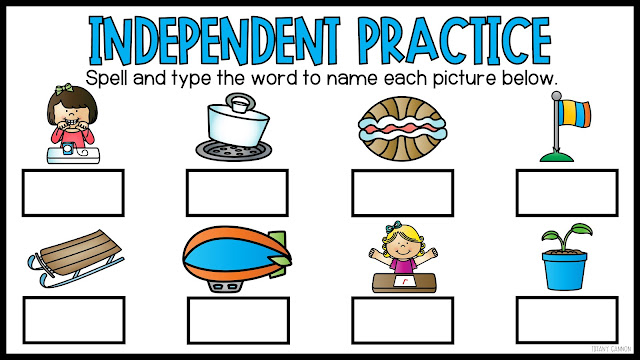Phonics teaches the relationship between letters of the written language and sounds of the spoken language. Phonics instruction is vital in teaching students how to read according to the research. Most basal programs now include some sort of systematic, explicit phonics instruction. Those obviously vary on the type of quality of instruction that is provided. In this post, I want to break down important components of a quality phonics lesson. This is a format you can follow and ensure that your basal hits these points. You, of course, want to follow the scope and sequence of your district or from the phonics program they provide. You also want to make sure you are explicitly following the spelling pattern rules.
Phonemic Awareness Warm-Up
Begin each lesson with a quick phonemic awareness warm-up, activating their phonological processor. I love using the Heggerty Phonemic Awareness Lessons book. It is by far THE BEST out there. It's quick and explicit. There are also lots of additional resources on their website, including hand motion videos and flash cards.
Introduction
Begin the lesson stating the learning goal, as well as showing the success criteria for the day. This allows students to know exactly what is expected for them to learn by the end of the lesson and unit. I like to provide a visual on the success criteria lesson slide, especially for the younger grades.
Decoding and Blending Practice
You want to give your students ample practice decoding the spelling patterns. We practice this together as a whole group at first. I then let them practice with their shoulder partner. If you have decodable readers, this is a great time to incorporate one of those or a portion of one. I also used them in small groups at my teacher table to practice decoding words within text. If your curriculum does not come with decodable text, TPT has lots of great passages that incorporate the different spelling patterns.
Dictation
After decoding text, it's time to apply that knowledge to encoding text. You can incorporate dictation in a variety of ways.
Students can build words with letter magnets or tiles. I also have a digital form if you want them to practice on the computer at a center.
Exit Ticket and Closing the Lesson
You always want to close your lesson, reviewing your lesson objective and giving a quick exit ticket for assessment. This might be on a post-it note, on the back of their independent practice, on their whiteboard, or just a quick partner discussion.
















No comments
Post a Comment
Note: Only a member of this blog may post a comment.